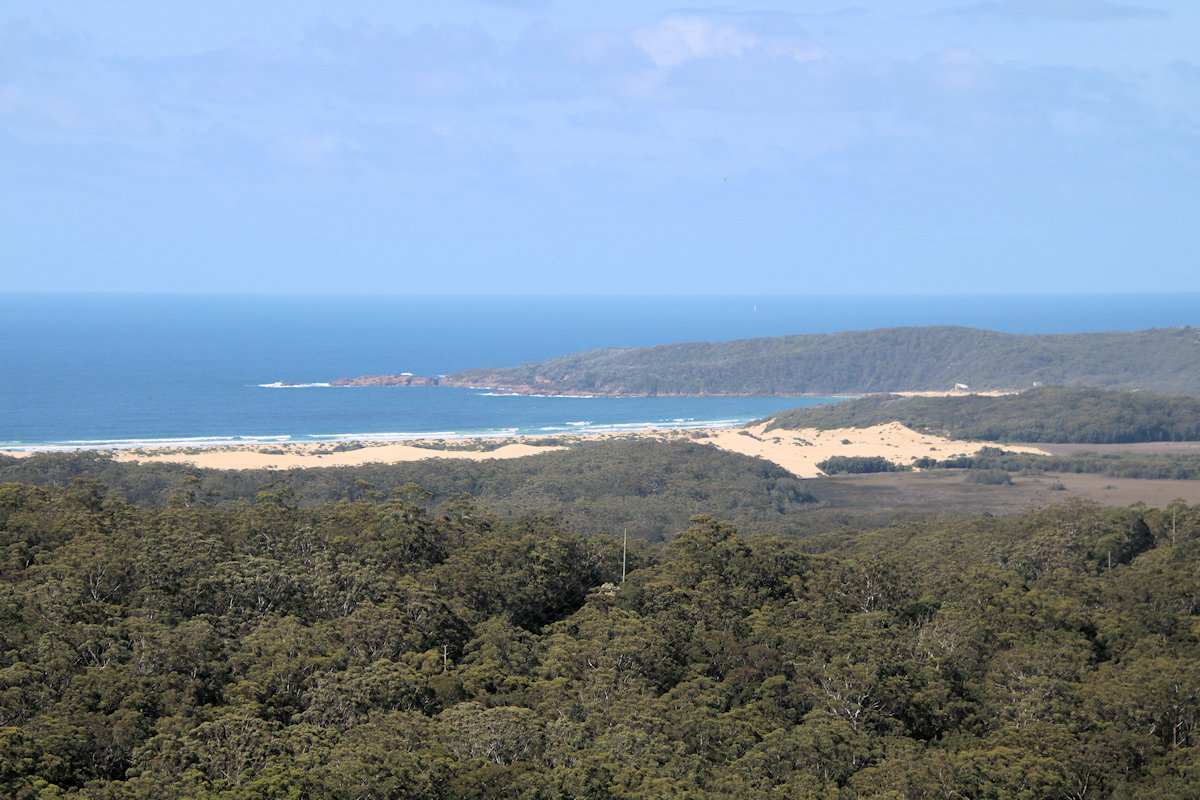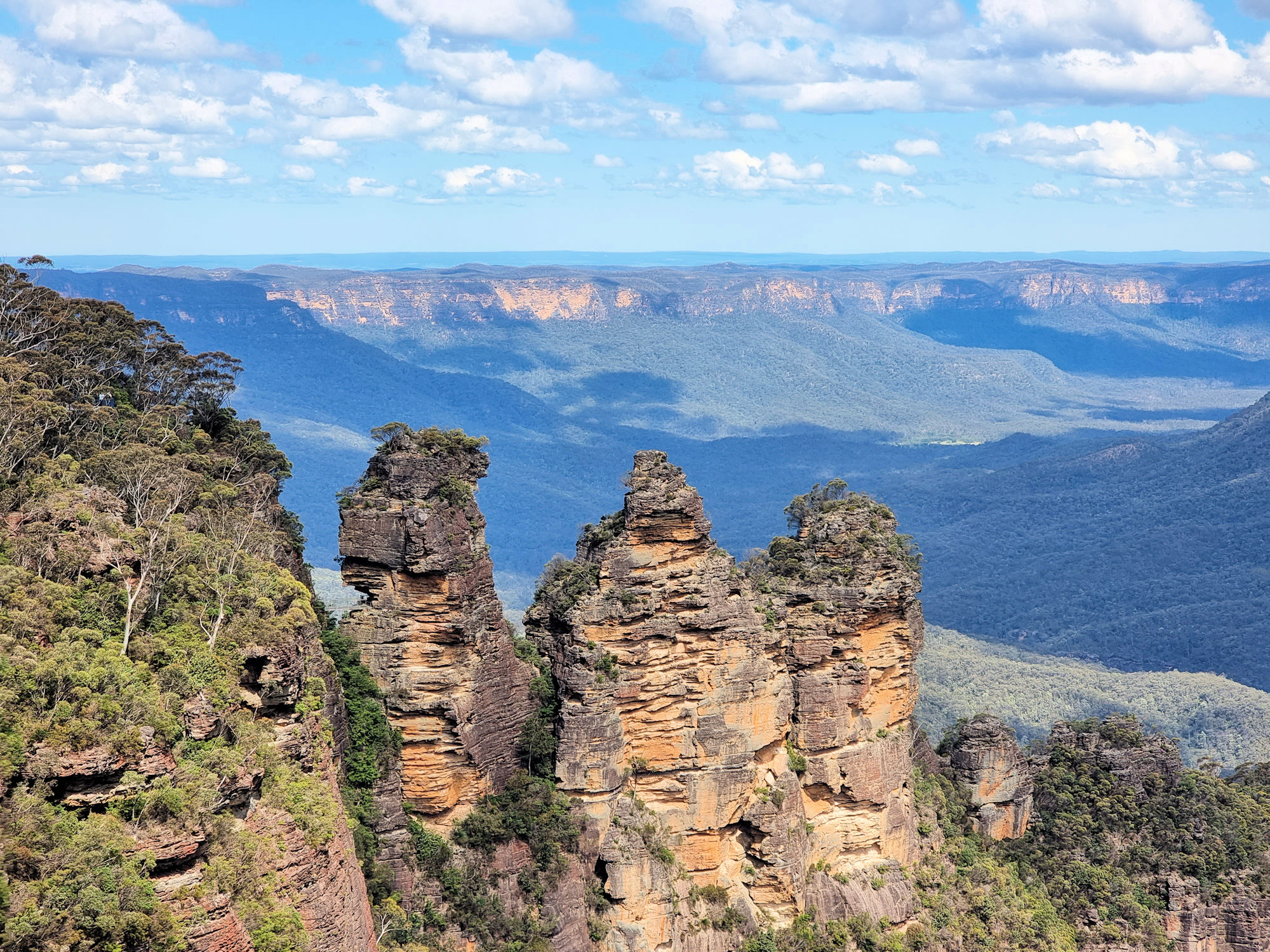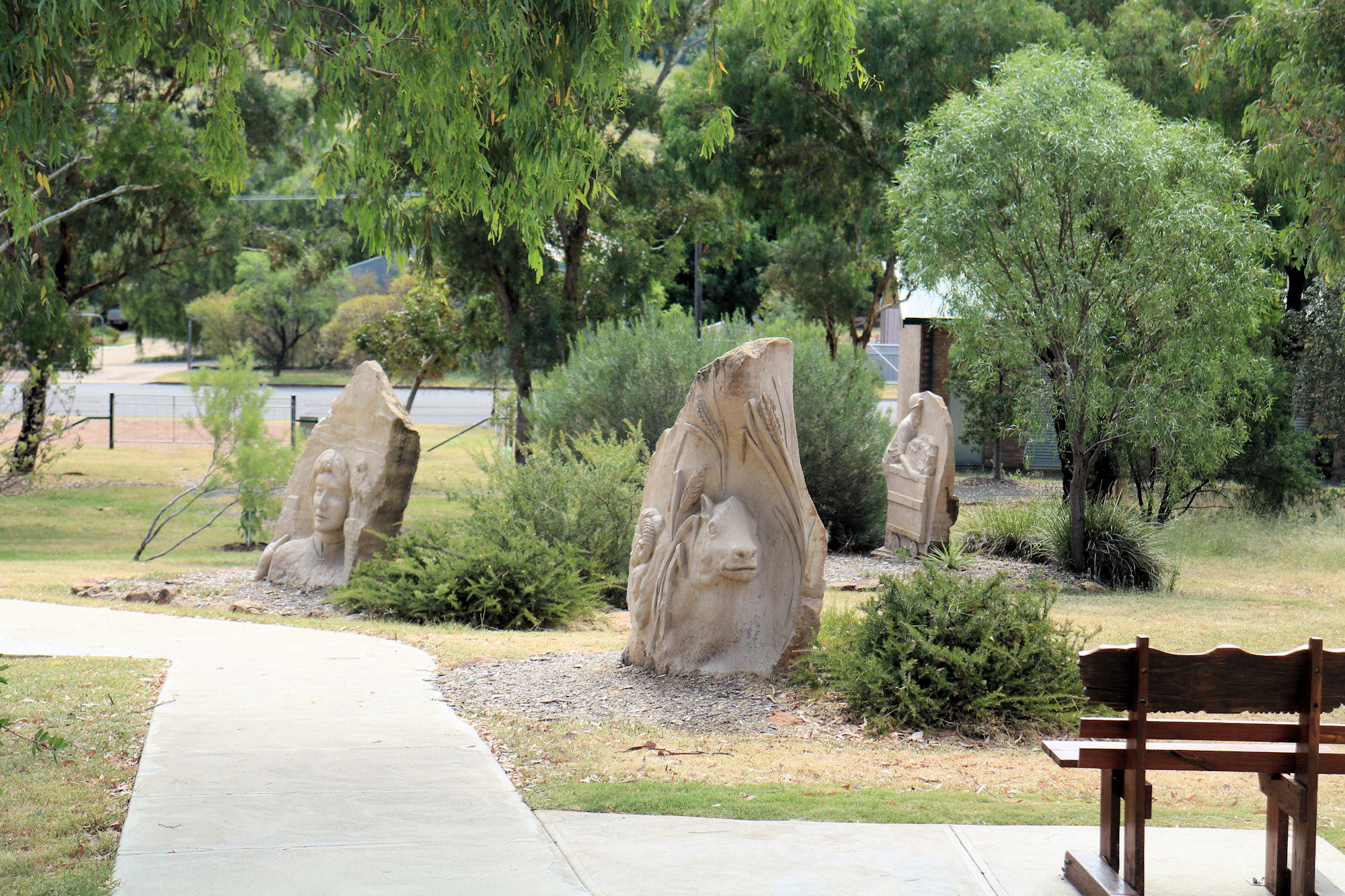Tag: view
-
Gan Gan Lookout Port Stephens

Gan Gan Lookout Port Stephens Located on the Tomaree Peninsula, Gan Gan Lookout gives amazing views over Nelson Bay, Tomaree National Park and the Stockton Sand Dunes. There are also great views over the Katich River and out to both Tomaree and Yacaaba Headlands. Getting there is only a five- minute drive from Nelson Bay… Read more
-
Echo Point Blue Mountains

Echo Point Blue Mountains Probably the best place to start your trip to the Blue Mountains, Echo Point in Katoomba has amazing views, access to several walks and an information centre. Parking is available in the surrounding streets, where parking meters ensure no-one visits for free. Our first stop was the Visitor Information Centre because… Read more
-
Pensioners Hill Lookout Sculpture Park

Pensioners Hill Lookout and Sculpture Park A beautiful place with views over Gunnedah, Pensioners Hill Lookout also has a sculpture park, which makes an even more interesting place to visit. The walkway through the park is named after Ailsa Iceton, a nurse who performed many charitable works in Gunnedah. During the Great Depression, she would… Read more